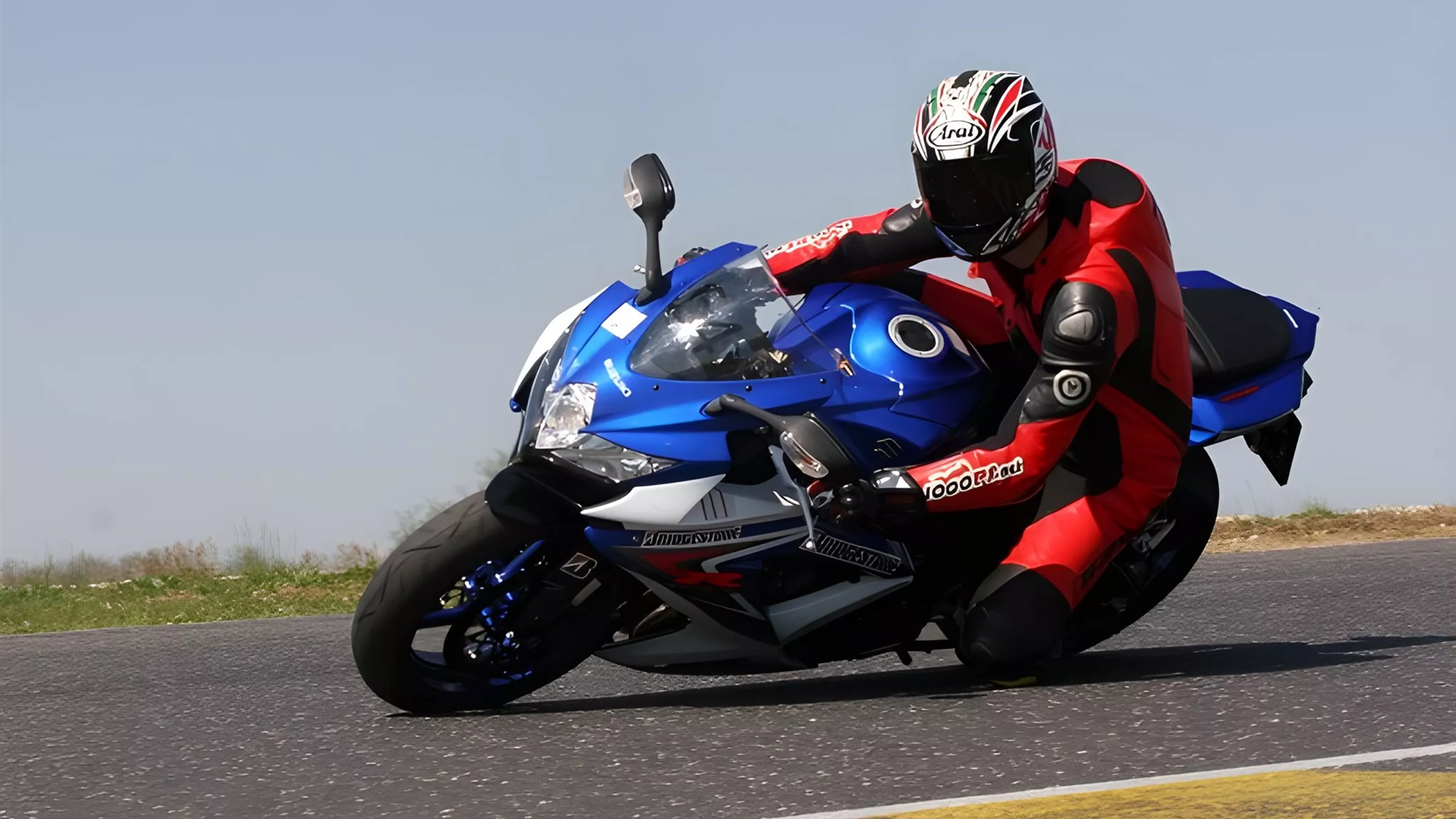It was 2008 in Jerez when the Japanese Bridgestone technician gave me a congratulatory pat on the shoulder for clocking the fastest lap time. A moment that still makes me smile. While my colleagues were riding brand new RC8s, 1098s, and R1s, I ended up with the "old" GSX-R 750 from the previous year—the leftover for the hungriest journalist after an overly long lunch break. What happened next surprised not only me: with this seemingly unremarkable middleweight sports bike, I set the fastest time of the day. A realization struck me like lightning back then: the 750 offered just the right balance of power and handling that a semi-pro like me could fully exploit. Not too little power like the 600s, not too overwhelming like the 1000s—simply perfect.
In the following weeks, Klaus Grammer and I extensively tested the then-new 2008 models of the 600 and 750 GSX-R at the Pannoniaring. What amazed me was the consistency: the new models were better, yet they stayed true to their character. No revolution, just a careful evolution. The riding position fit both perfectly—the shorter, sturdier Grammer as well as the taller, athletic NastyNils. An ergonomic marvel! From the first lap, both GSX-Rs naturally found the ideal line, stayed nicely on the inside in long corners, and didn’t push outwards. The precise handling, direct steering response, and excellent slipper clutch made riding pure joy.
The technical innovations of the 2008 generation were impressive on paper: larger holes between cylinders for better pressure equalization, a new fuel injection system with SDTV (Suzuki Dual Throttle Valve), two injectors per cylinder with eight fine nozzles each. Also, the 3-mapping switch on the right grip and an electronically controlled steering damper were introduced. What did these features mean in practice? Above all, no acclimatization time. You got on and felt right at home. That was the true unique selling point of the GSX-R in 2008—it made it easy to be fast.

&width=72&height=72&bgcolor=rgba_39_42_44_0&mode=crop)
&width=60&height=60&bgcolor=rgba_39_42_44_0&mode=crop)